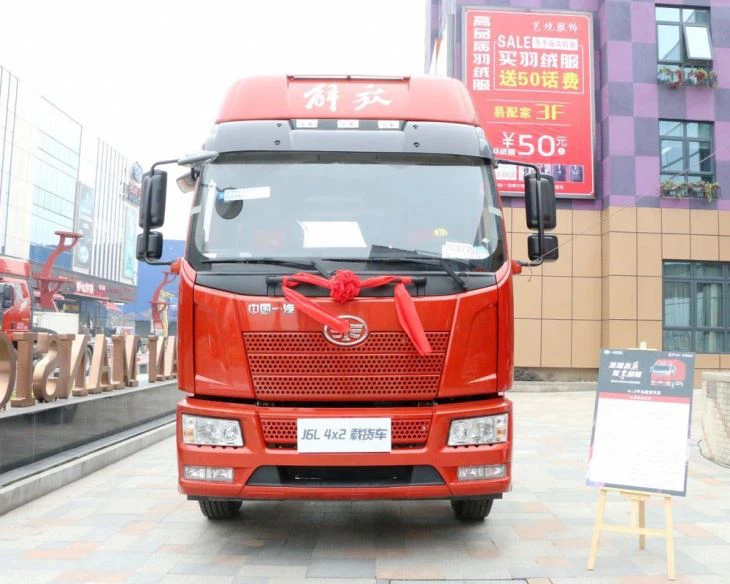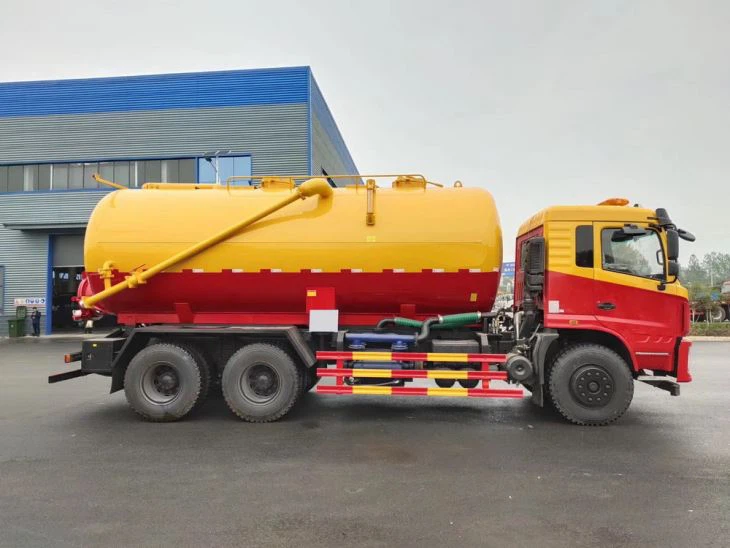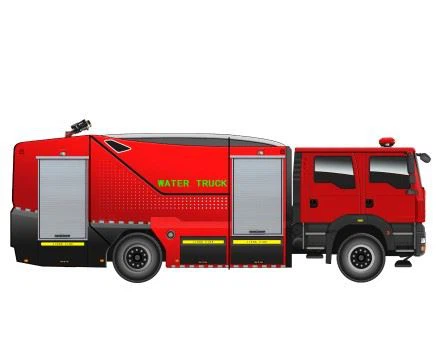Hooklift Containers for Sale: A Comprehensive Guide

Hooklift containers have become increasingly popular in recent years due to their versatility, efficiency, and durability. They are commonly used in various industries ranging from construction to waste management. This article explores the different aspects of hooklift containers, focusing specifically on how to choose the right ones for your needs and where to find them for sale.
What Are Hooklift Containers?
Hooklift containers are transportable containers that can be loaded and unloaded using a hooklift system—an arrangement that includes a truck equipped with an elongated arm and a specialized hook. This allows containers to be easily swapped and transported without the need for a crane. Hooklift systems enhance productivity and can handle multiple container types, making them ideal for various applications.
Benefits of Hooklift Containers
- Versatility: Hooklift containers are adaptable for different loads, including debris, bulk materials, and even hazardous waste.
- Efficiency: Quick loading and unloading save time and labor costs.
- Durability: Made from robust materials, these containers withstand tough conditions.
- Space-saving: Their design allows for stacking, maximizing space in transport and storage.

Types of Hooklift Containers
Standard Hooklift Containers
Standard hooklift containers are typically used for general purposes. They come in various sizes, commonly ranging from 10 to 40 cubic yards, catering to activities such as debris disposal and construction material transport.
Specialized Hooklift Containers
Some industries require specific features, leading to the development of specialized hooklift containers:
- Dump Containers: These containers have a sloped bottom, allowing for easy dumping of materials.
- Compactor Containers: Designed for compacting waste, these containers are essential for waste management companies.
- Flatbed Containers: Ideal for transporting large items that may not fit in traditional containers.
Sizes and Capacities
| Container Size (Cubic Yards) | Dimensions (L x W x H) | Typical Uses |
|---|---|---|
| 10 | 10′ x 6′ x 5′ | Small projects, yard waste |
| 20 | 20′ x 8′ x 6′ | Common for construction and demolition |
| 30 | 30′ x 8′ x 6′ | Larger construction sites, bulky waste |
| 40 | 40′ x 8′ x 8′ | Heavy-duty applications, industrial waste |
Choosing the Right Hooklift Container
Consider Your Needs
Before purchasing a hooklift container, evaluate your specific needs:
- What materials will you be transporting?
- What is the maximum weight you’ll need to carry?
- Do you require any specialized features?
Assessing Quality and Durability
Quality is crucial when choosing a hooklift container. Look for containers made from high-quality steel or reinforced material to ensure longevity and resistance against wear and tear.
Important Features to Look For
- Weather Resistance: Make sure the container has protective coatings to prevent rust and corrosion.
- Drainage Ports: These ports help prevent standing water, reducing the risk of environmental issues.
- Customizable Options: Some suppliers offer customization; inquire about additional features like hooks for tarps, insulation, or ventilation.
Where to Buy Hooklift Containers
Local Dealers and Manufacturers
Local dealerships and manufacturers often have a range of hooklift containers available. Visiting these locations allows you to inspect the containers in person and inquire about warranties and additional services.
Online Marketplaces
Many platforms, such as eBay, Craigslist, and specialized industrial equipment websites, list hooklift containers for sale. Ensure to check seller ratings and customer feedback before making a purchase.

Auctions and Liquidations
Auctions can be a great opportunity to buy hooklift containers at a lower price. Keep an eye on liquidation events where businesses sell used containers.
Conducting Market Research
Before making a purchasing decision, it’s wise to conduct market research. This includes comparing prices from various sources and checking product reviews.
Cost Factors to Consider
When shopping for hooklift containers, several factors can influence the cost:
New vs. Used
New containers generally come at a higher price but offer warranties and the latest features. Used containers are more economical but may require additional repairs.
Size and Features
As sizes and specialized features increase, so does the price. It’s essential to balance your budget with your requirements.
Shipping and Delivery Costs
Consider shipping costs, which can vary based on distance and the seller’s location. Some sellers may offer free local delivery.
Maintenance Tips for Hooklift Containers
Regular Inspections
Inspect your containers periodically for signs of wear, rust, or damage. Early detection can help prevent costly repairs.
Proper Cleaning
Regular cleaning helps maintain the container’s structural integrity and appearance. Remove any debris, dirt, or waste housed within.
Lubrication and Repairs
Ensure that moving parts, such as hinges and locks, are lubricated. Address repairs immediately to avoid further damage.
Legal Considerations and Compliance

Zoning and Permits
When using hooklift containers, especially for waste disposal, ensure you comply with local zoning regulations and obtain necessary permits.
Environmental Regulations
Make sure to stay informed about environmental laws related to the waste you’re handling. Certain materials may require specific disposal methods or containers.
Different Industries That Use Hooklift Containers
Construction Industry
Construction companies utilize hooklift containers to transport materials and debris efficiently. They often use larger containers to handle heavy loads during site preparation and cleanup.
Waste Management
Hooklift containers are essential in waste management, allowing for flexible trash collection and transport of recyclable materials.
Manufacturing
In manufacturing, hooklift containers may be used to move raw materials or finished products without the need for cranes.
Frequently Asked Questions (FAQ)
1. What is the average cost of a hooklift container?
The cost of a hooklift container varies widely based on size, condition (new or used), and features. Generally, prices range from $3,000 to $15,000.
2. How do I transport a hooklift container?
Hooklift containers are transported using a hook lift truck equipped with a hydraulic lift and a specialized hook system.
3. Can I customize my hooklift container?
Yes, many manufacturers and dealers offer customization options for hooklift containers, including size adjustments and additional features.
4. How do I maintain my hooklift container?
Regular inspections, cleaning, lubrication of moving parts, and timely repairs are essential for maintaining hooklift containers.
5. Are there environmentally friendly hooklift container options?
Some manufacturers produce eco-friendly containers made from recycled materials or designed to minimize environmental impact during use.
6. What materials can be legally transported in hooklift containers?
The materials that can be transported depend on local regulations. Common materials include construction debris, yard waste, and recyclable materials. Always check local laws for specific requirements.
